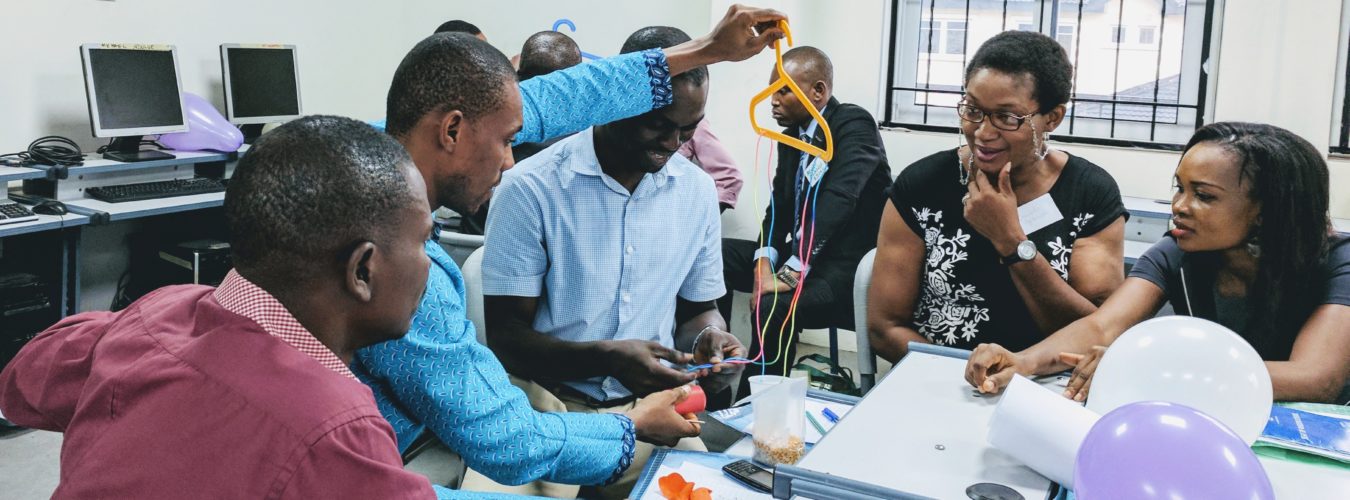The use of technology in classrooms has become inevitable. Often, the very question to introduce tech devices into the classroom is considered an indicator of being regarded as a “modern” (as opposed to an “old school”) teacher. This process is obviously strongly accelerated by the presence of IT companies, who are interested in suppling the educational realm with their products.
We saw a story once about a teacher, who came back to the classroom after summer vacation to find a big, white electronic teaching board in place of her “old school” whiteboard she was used to working with. This was a part of the modernization program, which had been introduced by the school over summer. She described how “The Change” had caught her unprepared, and she shared her resulting idea: To just pick up her whiteboard marker, and start writing on the electronic board, just like in the “old days.”
This story reminded us of a question that one of the youngest students had asked during our “Ask a Scientist” action:
“Why do we need robots when everything is okay as it is?”
It seems that a similar question might follow in regards to the use of technology in the classroom — namely, why do we need classroom technology when everything is okay as it is?
Is it, though? Is everything “okay?”
Even if it is (or isn’t), perhaps it might be worth considering this question from a proactive perspective—namely, what can be gained by bringing technology into the classroom?
In our opinion, the answer is simple:
Sharing.
The real value of today’s technology is that it allows us to share just about anything, with just about anyone. So, the only thing that isn’t “okay,” is the potential setback we end up creating for ourselves by turning a blind eye to changing certain methods about how technology is (or isn’t) incorporated within the classroom.
Of course, to be able to connect and share within this global network of knowledge and information, you need to incorporate the use of certain devices and technologies into your classroom. However, the question shouldn’t be, “Should I use tablets in my classroom?” Rather, it should be, “What value will using a tablet bring into my classroom?”
At WhyBlueSky, we often analyse and read up on multiple EdTech blogs. Sometimes — okay, oftentimes — we’re surprised to read about the various wonderful features of a certain product, with very limited information on what would be the bigger purpose for using it in the classroom.
What is the big vision?
What positive change will it bring for me and my students?
Is that purpose well defined?
In their recent report, “Students, Computers and Learning: Making the Connection,” the OECD state:
“Even countries which have invested heavily in information and communication technologies (ICT) for education have seen no noticeable improvement in [students’] performances in PISA results for reading, mathematics or science.”
Was this ever the intention of investing in ICT?
Sometimes we forget that technology is simply a tool, and we place much higher expectations on these tools than on ourselves in their use. Without engagement, proper training and well-selected information, tools are not able to serve their purpose. Instead of focusing on which trends, updates, and newest “tech toys” to introduce to your classroom (or whether or not to introduce them at all), think about what these tools will do for you and your students, and what they can “bring to the table” so to speak—or in your case, what they can “bring to the whiteboard.”
*
Check out
www.whybluesky.net
for lesson plans inspired by children’s questions
We welcome your feedback

